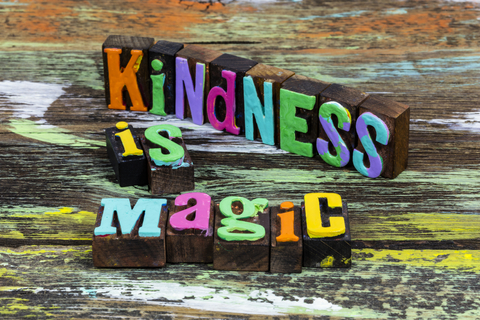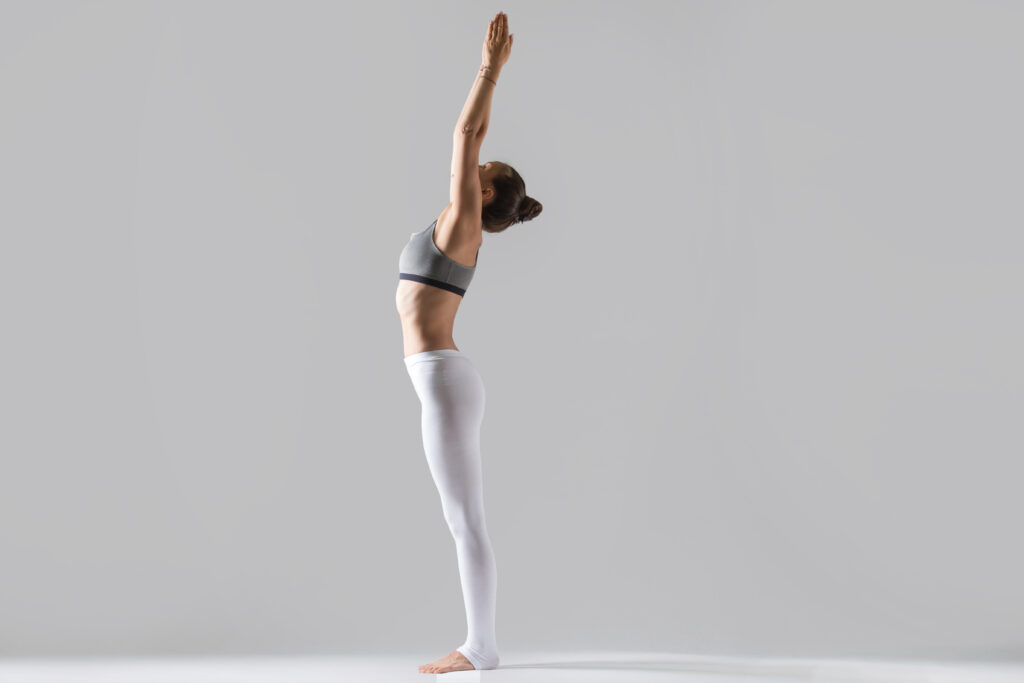Proprioception refers to the sense of the position and movement of the body. It is the ability to sense the position, location, orientation and movement of the… Read more "Proprioception and Yoga"

Proprioception refers to the sense of the position and movement of the body. It is the ability to sense the position, location, orientation and movement of the body and its parts without the need for visual cues. Examples of proprioception include the ability to touch your nose with your eyes closed or to walk without looking at your feet. It also plays a role in balance and coordination. Injuries or certain medical conditions can affect proprioception. Physical therapy that focuses on proprioception can help to improve balance, coordination, and overall movement.
Yoga is a practice that can help to improve proprioception. Proprioception exercises involve slow and controlled movements that are designed to help the body sense its position and movement. Yoga poses such as tree pose, warrior III, and eagle pose, require balance and stability, which help to strengthen the proprioceptors in the muscles and joints. Additionally, the focus on breath control and mindfulness in yoga can help to increase awareness of the body, which can further enhance proprioception. Regular yoga practice can help to improve overall balance, stability, and coordination, which can be beneficial for injury prevention and overall fitness.
Proprioception is important for a variety of reasons. Here are a few examples:
- Movement and Coordination: Proprioception helps the brain to understand where the body is in space, which is essential for movement and coordination. This allows for smooth and efficient movement, whether it be walking, running, or performing other activities.
- Balance: Proprioception plays a key role in maintaining balance. It helps to detect changes in the body’s position and movement, which the brain can use to make adjustments and maintain stability.
- Injury Prevention: Good proprioception can help to prevent injuries by providing the brain with accurate information about the position and movement of the body. This allows the brain to make adjustments to movement patterns and respond quickly to potential hazards.
- Rehabilitation: After an injury, proprioception can be affected. Proprioception exercises can help to restore normal movement patterns and improve overall function.
- Performance: Good proprioception can also enhance performance in sports and other activities. It can help to improve reaction time, coordination, and overall movement efficiency.
Overall, proprioception is an essential aspect of overall health and well-being. It plays a key role in movement, balance, injury prevention, rehabilitation, and performance.









